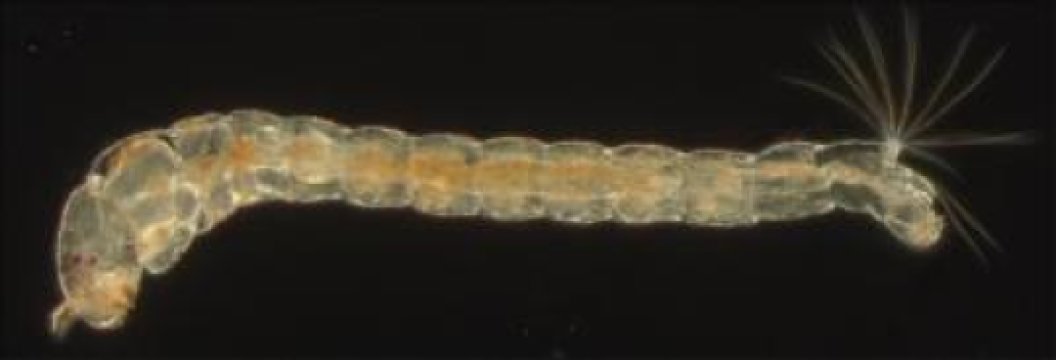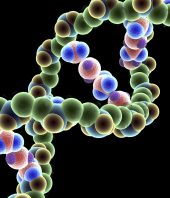Newly evolved genes can rapidly assume control over fundamental functions during early embryonic development, report scientists from the University of Chicago. They identified a gene, found only in one specific group of midge flies, which determines the patterning of the head and tail in developing embryos. This newly discovered gene has the same developmental role as an unrelated, previously-known gene which appears to have been lost or altered in certain fly families during evolution. The findings, published in Science on May 7, suggest that evolutionary changes to the genetics of fundamental biological processes occur more frequently than previously thought.
"The genes that drive embryonic polarity are not conserved across flies and their evolutionary replacement does not seem to be rare at all," said study senior author Urs Schmidt-Ott, PhD, associate professor of organismal biology and anatomy at the University of Chicago. "The hijacking of this early developmental pathway by novel or newly evolved genes happens at a much higher frequency than previously thought."
In the common fruit fly Drosophila and related flies, the gene bicoid determines which end of an embryo will develop into the head and which will become the tail. However, most flies and other insects lack bicoid, and how they establish this head-to-tail polarity has been poorly understood. Early studies of chironomids, a group of mosquito-like midges, found that ultraviolet light or RNAse targeted toward the front portion of embryos led to double-abdomen formation (two tail ends and no head), which suggested that localized RNA in the anterior egg might function as head determinant.
To identify which gene products were being disrupted, Schmidt-Ott's team profiled and compared gene expression levels between the front and rear halves of Chironomusembryos. Out of thousands of candidates, the team identified a specific gene that appeared to be necessary for the formation of head-to-tail polarity. Double-abdomen formation occurred when this gene, called panish, was silenced in early Chironomusembryos. These embryos could be returned to normal with the addition of an independent source of panish gene product.
Although panish and bicoid perform essentially the same function, they are structurally unrelated and found in completely separate families of flies. Both genes act by regulating other genes involved in genetic patterning, but panish represses them whilebicoid activates them.
The team found no evidence of panish in flies other than Chironomus, suggesting that panish is a newly evolved gene that appropriated the function of regulating head-to-tail polarity. They also reexamined the occurrence of bicoid and discovered that the gene has been repeatedly lost or substantially altered in certain fruit flies and tsetse flies during evolution.
Despite the importance of head-to-tail patterning in early embryonic development, it appears that genes that regulate the process are poorly conserved in flies, and that new genes took over the role far more often than previously thought.
The discovery of this phenomenon now opens a multitude of new research avenues. Schmidt-Ott and his colleagues are now investigating questions such as how do genes appropriate new roles, why it happens so frequently, and whether such instances share common features.
"It's astonishing how a newly evolved gene can, in a very short amount of time, take over control of such a fundamental process," Schmidt-Ott said. "Given that a small sample of examined genomes already suggests four independent fundamental substitutions, we probably are looking at the 'tip of the iceberg' for these events."
University of Chicago Medical Center. (2015, May 7). Genetic changes to basic developmental processes evolve more frequently than thought. ScienceDaily. Retrieved May 11, 2015 from www.sciencedaily.com/releases/2015/05/150507145034.htm







